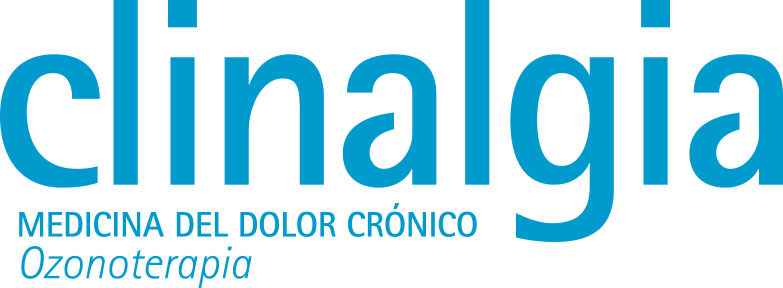
Sports Injury Prevention
When practising any type of sport, it is very important to pay attention to the recommendations for the prevention of sports injuries and to reduce their incidence.
Sport is undoubtedly beneficial to health, however, the burden of sport-related musculoskeletal injuries is significant, especially in young adults.
Implementing education plans for the prevention of musculoskeletal injuries would reduce the incidence of early post-traumatic osteoarthritis.
Targets for Sports Injury Prevention
The first objectives for the prevention of musculoskeletal injuries lie in neuromuscular training techniques, with adaptation and modification of habits and recommendations on the use of accessory equipment.
Proper neuromuscular re-education, working on balance, strength and agility in a balanced way, can reduce the incidence of injury by up to 35%.
The use of wrist braces, ankle braces and elastic bands has been shown to help prevent sprains[1].
Improving the biomechanics of the muscle groups around a given joint improves elasticity, promotes strength work, gets more out of individual training and recovery plans, and prevents re-injury.
In general, our biomechanical and biochemical optimisation protocols with medical ozone and personalised plans with our experts are accepted, well tolerated and effective.
Phases of Prevention
Two main phases of prevention in sports injuries:
-
-
- Regaining elasticity
- Personalised neuromuscular training
-
Phase 1: Recovering elasticity
When in the first phase we recover elasticity and myofascial mobility range, we are preventing the appearance of traction tendinitis, stress fractures, periostitis or fibrillar ruptures.
For example, if we recover the elastic capacity of the abdominal and abductor muscles, we will control the traction on the pubis, recovering and limiting the possibility of pubalgia due to muscular tension in the area.
In basketball players, a protocol can be used with the «glove technique» by means of which medical ozone favours the myofascial disinflammation and release of all the muscles of the hand.
Also, the release of the lumbosacral hinge with similar techniques will help the performance of runners and jumpers.
These protocols are based on restoring elasticity, optimal tension, oxygenation and antioxidant capacity (both local and general) in muscles and joints.
Phase 2: Personalised neuromuscular training
After this phase, work on personalised neuromuscular training protocols helps to establish ideal patterns for each individual.
References:
1] Emery CA, Pasanen K. Current trends in sport injury prevention. Best Pract Res Clin Rheumatol. 2019; 33: 3-15.


